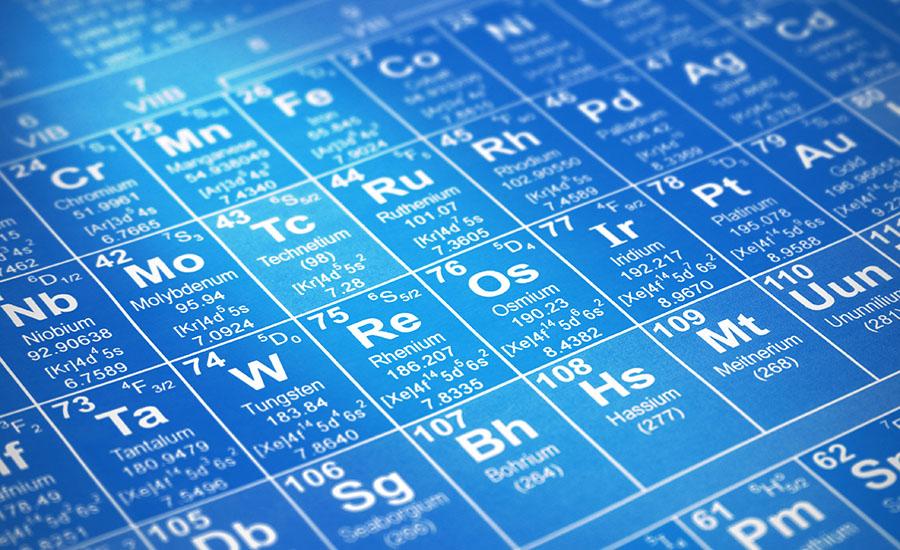
Stoichiometry and Limiting Reagents: Arizona Style
by Janet Anderson
In this lab, students will extract copper from Copper (II) Sulfate using Iron. Students will balance the equation, label the equation, calculate molar mass, calculate the limiting reactant and excess reactant. From this information they should be able to calculate the amount of reactants to use, then predict how much product they should be making from the lab.
Lesson Plan Link/URL
https://docs.google.com/presentation/d/111DevRad3wF3lfqCIIP0vbq_obcvlX1R/edit?u…Subject Area
Science Physical Science P1: Matter Mathematics Operations and Algebraic Thinking (OA) Ratio and Proportion (RP)
Featured
Off
Related Content

Grades:
9th Grade, 10th Grade, 11th Grade, 12th Grade
Students get to discover the relationship between solutes and solvents in relation to concentration. As an inquiry based lab, students will mix their own concentrations of Kool-Aid or other powdered

Grades:
9th Grade, 10th Grade, 11th Grade, 12th Grade
The purpose of this activity is to teach students about electrical energy generation in Arizona and the science behind electrical energy generation including radioactive decay and nuclear energy.

Grades:
9th Grade, 10th Grade, 11th Grade, 12th Grade
Students pull wooden "sleds" with different masses on them over various types of surfaces with spring scales (force meters) to calculate the different coefficients of friction. Students graph the data

